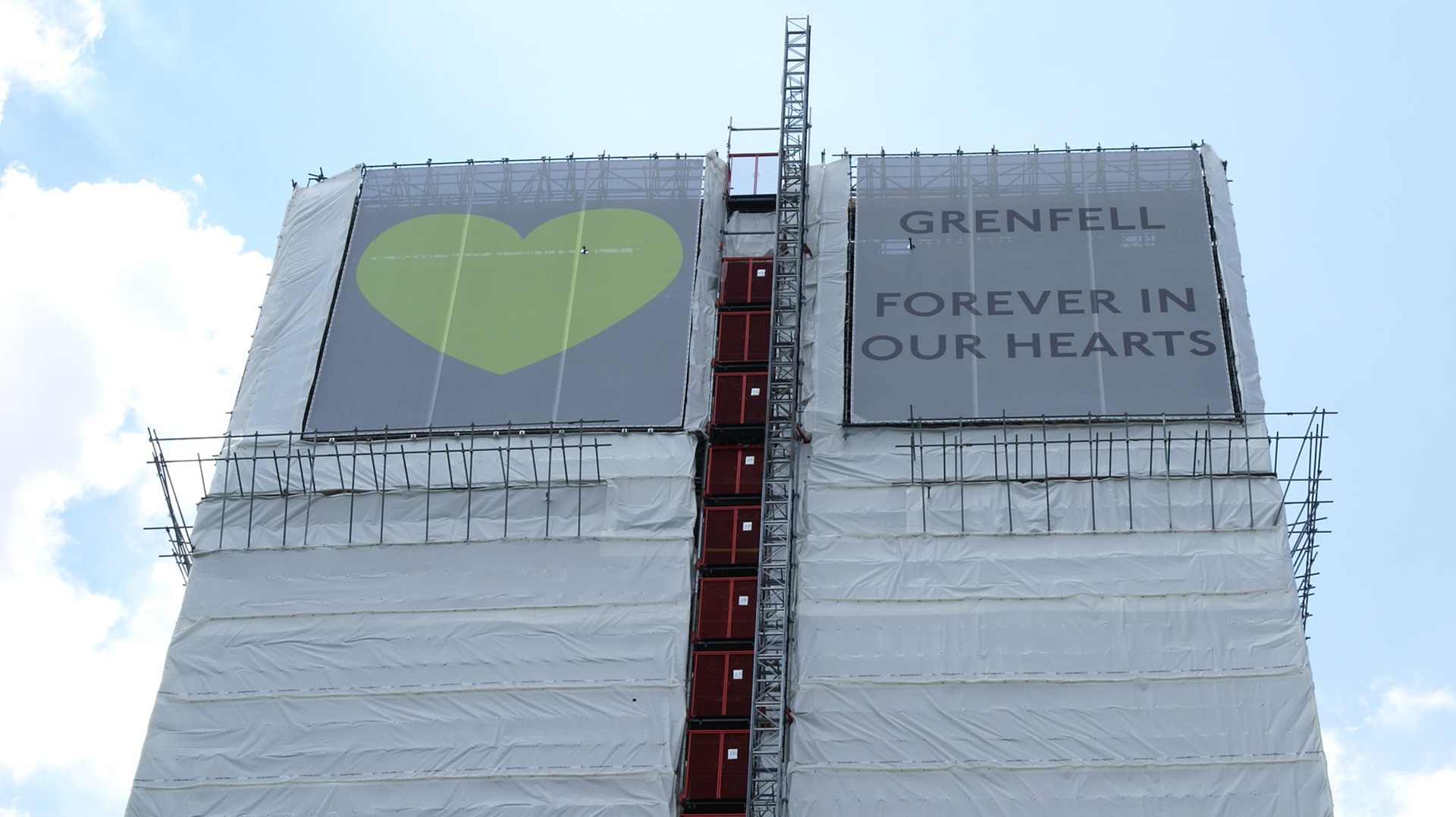The watchdog insisted that published milestones could be key to speed up progress and Giles Grover from End Our Cladding Scandal told the Big Issue that it is something campaigners have been calling for over the past two years.
“I think it’s an underestimate that it is going to take until 2035,” said Grover.
“There are a lot of unknown buildings out there, especially the mid-rise ones, and it’s just the cost of it as well. We’ve always known it’s going to cost a lot more and the government needs to ensure that industry is made to pay.
“The wider point of this is that the government now needs to take control of this because it’s done a bit in terms of funding and the previous government changed the law but after two and a half years, it’s not working.
“They need to make sure there are deadlines, which is what the report is calling for and we’ve been asking for for two and a half years, if not longer. We’re hopeful this new government will bring the change we need but the problem is the last three or four months of the new Labour government, we just feel like we’re going backwards.”
The Labour government pledged £1bn to tackle the cladding crisis at last week’s budget and has pledged to consider all the NAO report’s recommendations.
Advertising helps fund Big Issue’s mission to end poverty
The Public Accounts Committee has also launched an inquiry into the government’s spending on the remediation of dangerous cladding.
Building safety minister Alex Norris said: “The pace of remediation to make homes safe has been unacceptably slow. This government is taking action – meeting our commitment to invest £5.1bn to remove dangerous cladding and making sure those responsible pay for the rest.
“This government will protect leaseholders and empower regulators to take enforcement action against those building owners who fail to act. Since coming into office, we have ramped up work with local authorities and regulators to speed up remediation and we will set out a Remediation Acceleration Plan soon.”
The NAO said there has been significant progress towards remediating high-rise buildings since it last investigated the cladding crisis in 2020.
The government has significantly changed the types of buildings within scope for its programmes, and its approach to remediation, as the scale and impact of the cladding problem has become clearer. It now has programmes to address dangerous cladding for all the estimated 9,000 to 12,000 buildings over 11 metres it considers need remediating.
Of the 4,771 buildings in the government’s portfolio – the equivalent of 258,000 homes – remediation work has yet to start on over half, is in progress for a fifth, with around one third complete. Of all 9,000-12,000 potentially in scope of remediation, work is complete for only up to 16%.
Advertising helps fund Big Issue’s mission to end poverty
The NAO report found, in total, it will cost an estimated £16.6bn to fix unsafe cladding on all buildings over 11 metres in England.
MHCLG expects to provide £9.1bn of this, with the remainder funded by developers who have agreed to remediate buildings they developed, private owners or social housing providers.
Taxpayer contributions are currently capped at £5.1bn over the long-term with the government department planning to recoup £700m from refunds from developers for remediation works already funded through taxes.
An additional £3.4bn is expected to be raised by the new Building Safety Levy developers are set to pay on new developments. But the government is yet to confirm payment mechanisms with the levy expected to be introduced next autumn at the earliest.
More than 500,000 was also lost to fraud from one applicant through the Building Safety Fund in 2023-24.
MHCLG also acknowledged concerns that wider government housing priorities, from decarbonisation to building new homes, may also overlap with efforts to tackle dangerous cladding.
Advertising helps fund Big Issue’s mission to end poverty
But the department may also gather data about buildings on a national scale to support efforts to reach net zero, according to the watchdog.
Gareth Davies, head of the NAO, said: “Seven years on from the Grenfell Tower fire, there has been progress, but considerable uncertainty remains regarding the number of buildings needing remediation, costs, timelines and recouping public spending. There is a long way to go before all affected buildings are made safe, and risks MHCLG must address if its approach is to succeed.
“Putting the onus on developers to pay and introducing a more proportionate approach to remediation should help to protect taxpayers’ money. Yet it has also created grounds for dispute, causing delays.
“To stick to its £5.1bn cap in the long run, MHCLG needs to ensure that it can recoup funds through successful implementation of the proposed Building Safety Levy.”
As for Grover and the hundreds of thousands of others caught up in the crisis, the toll on mental health continues.
“We can talk about thousands of buildings, we can talk about billions of pounds but we need to just keep bringing it back and remembering that it’s actually people who are living in unsafe homes,” Grover added.
Advertising helps fund Big Issue’s mission to end poverty
Do you have a story to tell or opinions to share about this? Get in touch and tell us more. This Christmas, you can make a lasting change on a vendor’s life. Buy a magazine from your local vendor in the street every week. If you can’t reach them, buy a Big Issue Vendor Support Kit.










